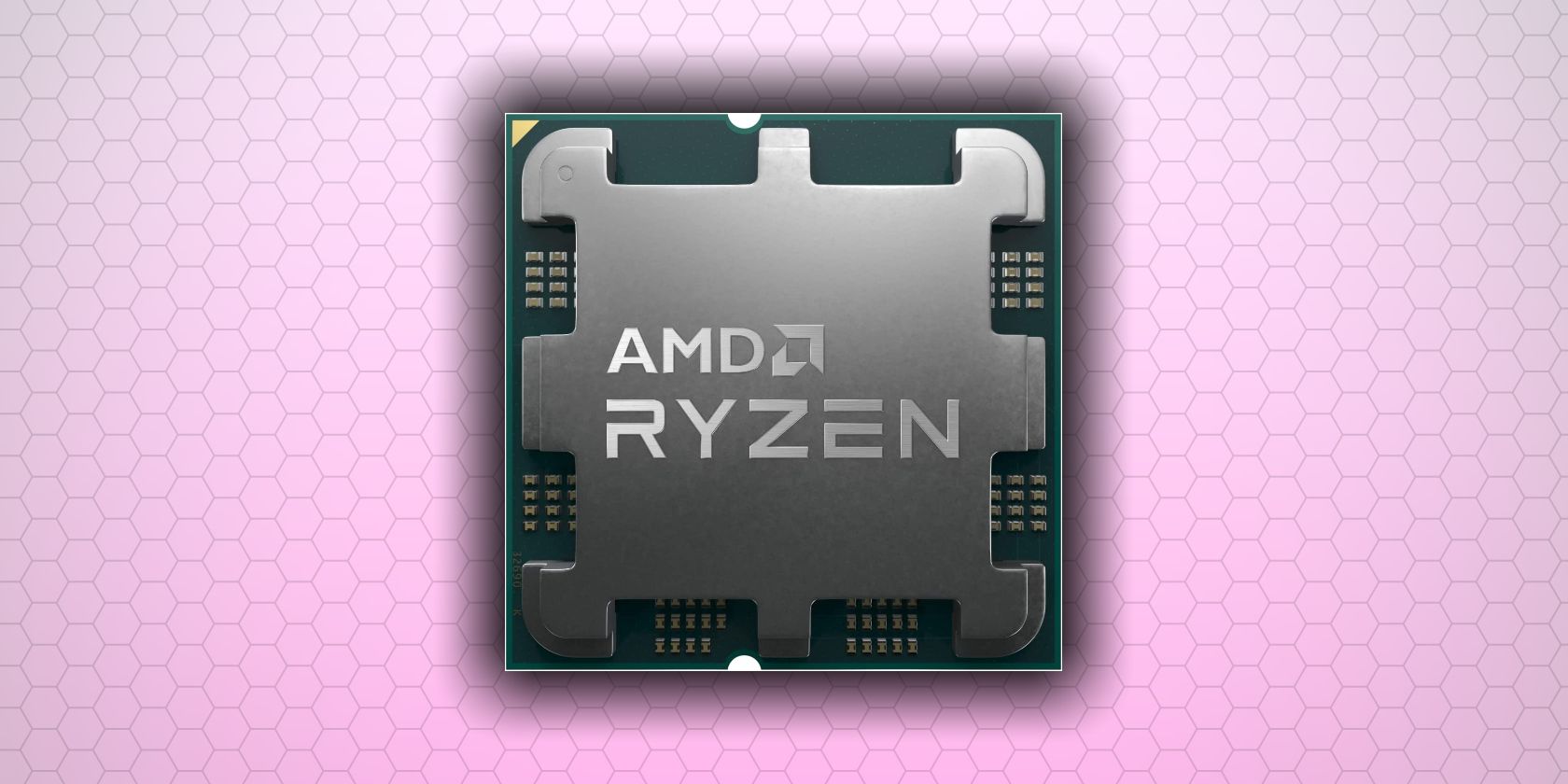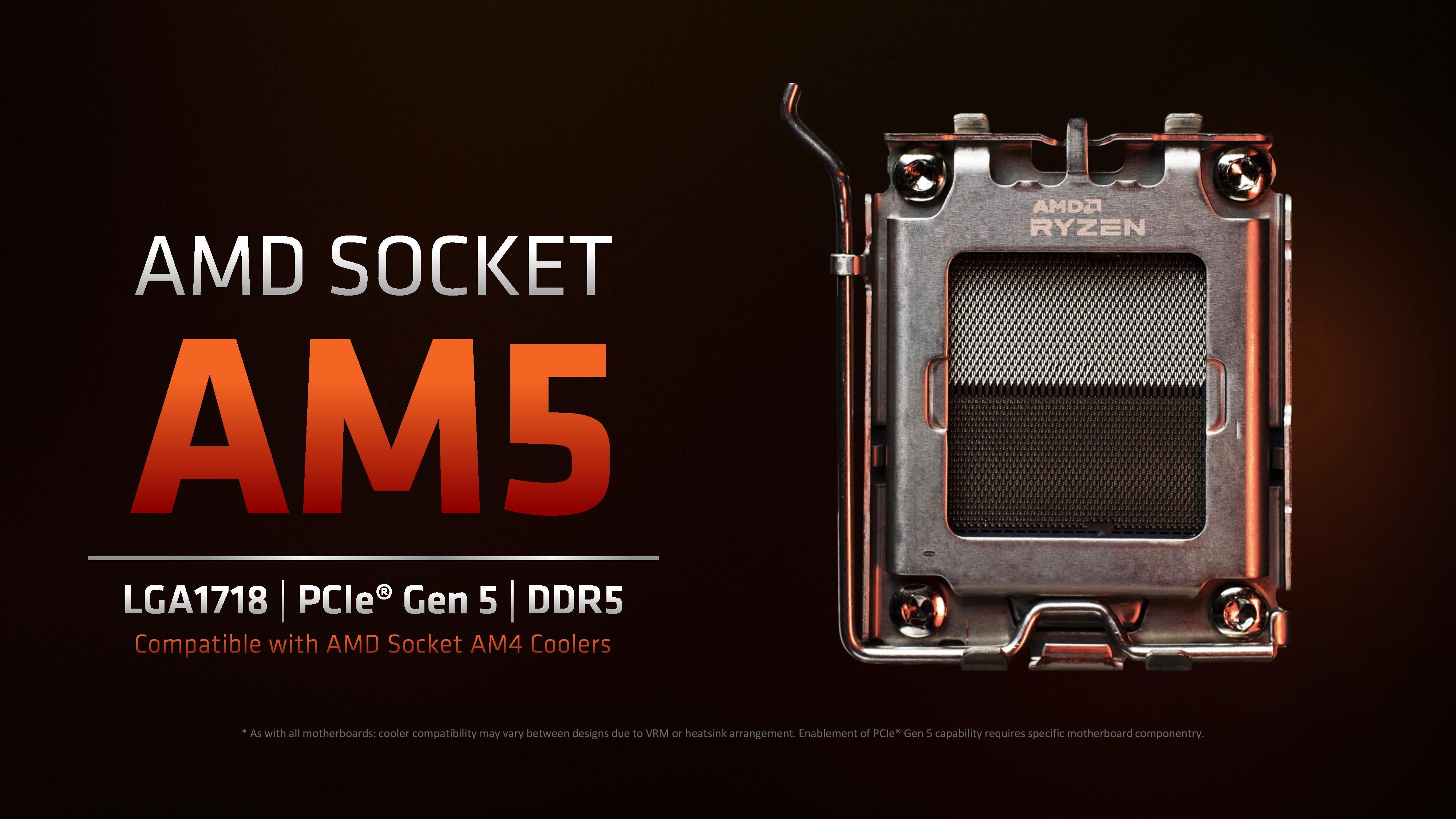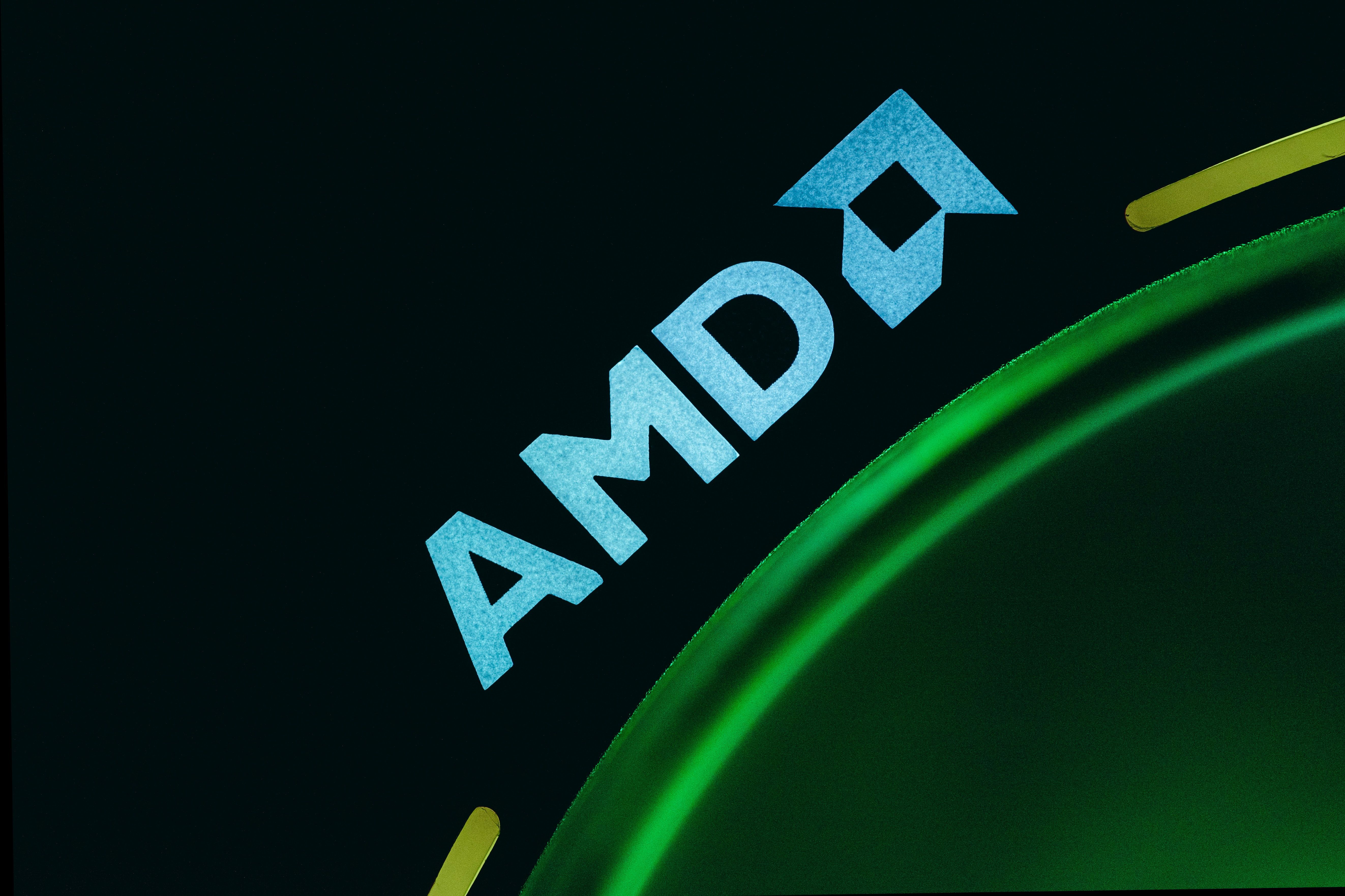Intel released its 12th-Gen CPU range, Alder Lake, to the market in 2021, with its successor, the 13th-Gen Raptor Lake, launching in October 2022. AMD has released both its Ryzen 7 5800X3D and all-new Ryzen 6000 laptop chips, but a proper competitor came later, in the form of the new Ryzen 7000 CPUs.Here's everything you need to know about AMD's Zen 4 CPUs and whether they're worth your money.
1. Zen 4 CPUs Use the New AM5 Socket
One of the biggest changes coming with Zen 4 is that the AM4 socket in use since 2016 (yes, it's had an unusually long lifespan) is going away. In its place, we have AM5, an all-new socket that represents the biggest change to AMD CPU designs ever.
There are two key things you need to know about AMD's new AM5 socket.
The first one is that with AM5, AMD chips are shifting from their familiar CPU pins to an LGA design akin to Intel CPUs. This means that the bottom pins are replaced for contact pads, while the pins are actually located in the motherboard socket instead. The switch allows AMD to cram more contact points into the Zen 4 chips. So, instead of AM4's 1,331 contacts, AM5 is ramping up to 1,718, and all of this without really increasing the actual physical size of the chip.
This brings us to our second point. With the chips being virtually identical in size, AMD says users should be able to re-use their old AM4 coolers on AM5 chips since it also re-uses its mounting system. In layman's terms, this means that if you have a trusty air cooler or AIO to use on your PC, you'll be able to re-use it on your all-new Ryzen 7000 system.
New Socket, New Motherboards
If you're wondering, the answer is yes. As AMD is rolling out its new AM5 socket, you'll need a new motherboard that supports it. AMD has all-new X670, X670E, B650, and B650E chipsets for its new Ryzen 7000 chips. AM5 is a radically different socket in design and capabilities, so you can't fit an AM5 CPU in an AM4 motherboard, and you can't fit an older AM4 chip in an AM5 motherboard.
We enjoyed amazing cross-generational compatibility with AM4, but we need to move on at some point.
2. DDR5 and PCIe Gen 5.0 Are on Board
The previous generation of Ryzen desktop chips, the 5000 series, supports DDR4 RAM and PCI Express Gen 4.0 connectivity. But that's already yesterday's news. Intel's 12th-Gen CPUs support DDR5 memory and PCIe Gen 5.0, and that support continues into Raptor Lake, as you'd expect. Those technologies are still in their infancy, but the new Zen 4 CPUs fully support them.
In terms of memory, unlike Intel chips, Zen 4 AMD CPUs only support DDR5 memory. So if you wanted to get yourself a DDR4-compatible motherboard and RAM to save a buck, that sadly won't be possible—you'll need to go all-in with DDR5.
As for PCI Express Gen 5.0, it's amply supported on Ryzen 7000 CPUs. Whether you can use it or not, however, will depend on your motherboard choice. If you wish for full PCIe Gen 5.0 support, you'll have to go for an X670E or a B650E motherboard rather than a standard one. This will allow you to use Gen 5.0 speeds for your SSDs.
3. EXPO is AMD's Answer to XMP
AMD is also firing back at Intel in other regards. While Intel XMP is the standard for memory overclocking, the fact that we now have DDR5 gives AMD a shot at bringing its own technology to users. EXPO is its proper answer to XMP, and it comes with Zen 4 chips.
EXPO is supported across a large range of DDR5 RAM sticks, including Corsair, ADATA, G.Skill, and Kingston. You should expect it to be roughly the same as XMP—it's just memory overclocking, after all. The difference now is that instead of relying on third-party memory overclocking tech, we have an in-house solution developed by AMD.
4. 3D V-Cache Might Be in Tow—But Not at Launch
The potential of AMD's 3D V-Cache technology was shown with the release of AMD's Ryzen 7 5800X3D CPU. The technology, which allows the chip to have a whopping 96MB of L3 cache, yields impressive results for gamers. The question then arises: do we have 3D V-Cache here? The answer is not yet—but that might change in the future.
Ryzen 7000 chips don't have 3D V-Cache, but as per rumors, that might not be that way forever. As per Twitter source Greymon55, production lines are busy with the 5800X3D right now, but we might get 3D flavors of Zen 4 chips in 2023.
3D V-Cache has impressive gains for gaming performance, with some people considering the Ryzen 7 5800X3D as the best CPU money can buy as far as gaming goes, even with Zen 4 chips on store shelves. So the prospects of a 3D V-Cache-equipped Ryzen 7000 CPU are very enticing. If you ask us, it's just a matter of time before we see Ryzen 7000X3D CPUs grace store shelves.
Zen 4 Is a Big Step Forward
We've been waiting two years for the next big AMD leap, and so far, it's looking like the almost-2-year-long wait might actually pay off. Ryzen 7000 and Zen 4 are great improvements over Zen 3, supporting newer technologies and showing AMD is not afraid of doing things differently as long as it means dethroning Intel again.
Zen 4 chips are now available on store shelves, from the mid-range, six-core, 12-thread Ryzen 5 7600X to the flagship Ryzen 9 7950X. They're great additions to your next gaming PC build.



